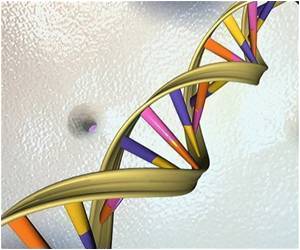
Preliminary results were presented in April 2012 at the experimental Biology meeting and now the full study is published in the Public Library of Science (PLOS ONE) and is available online.
Both forms of muscular dystrophy are caused by problems with a protein called dystrophin, which helps maintain healthy muscles. If patients have less dystrophin protein or if their body manufactures dystrophin protein that does not function correctly, their muscles cannot work properly and eventually become permanently damaged. As diseased muscles weaken over time, patients gradually can lose their ability to walk, sit or use their muscles in other ways. There is no cure now for either form of the disease.
"There is an urgent unmet need for effective therapeutic options for this devastating disease," said Ronald G. Victor, MD, director of the Cedars-Sinai Center for Hypertension in the Cedars-Sinai Heart Institute and the Burns and Allen Chair in Cardiology Research. "If we can improve blood flow in muscular dystrophy patients, we may be able to preserve some muscle function over a longer period of time."
HCT 1026 dramatically improved blood flow in muscles used during exercise by dystrophin-deficient laboratory mice who share the same genetic defect as humans, Cedars-Sinai researchers found. The compound may have accomplished this by delivering nitric oxide, a key molecule involved in many physiological functions and found at reduced levels in dystrophic muscles.
The compound fully restored blood flow to affected muscles within the first month of treatment, and the impact was completely sustained for three months without any noticeable adverse side effects.
Advertisement
"Based on our previous work, we think the ability of HCT 1026 to release nitric oxide is the key to restoring muscle blood flow in dystrophin-deficient mice," said Gail Thomas, PhD, a lead author of the Cedars-Sinai study. "HCT 1026 is an interesting prototype which allowed us to investigate the potential of this family of molecules in muscular dystrophies. While we do not expect these nitric oxide-donating compounds to cure the disease, our hope is that the improved blood flow could reduce muscle fatigue and injury, allowing patients to be more active while slowing down the loss of vital muscle."
Advertisement










